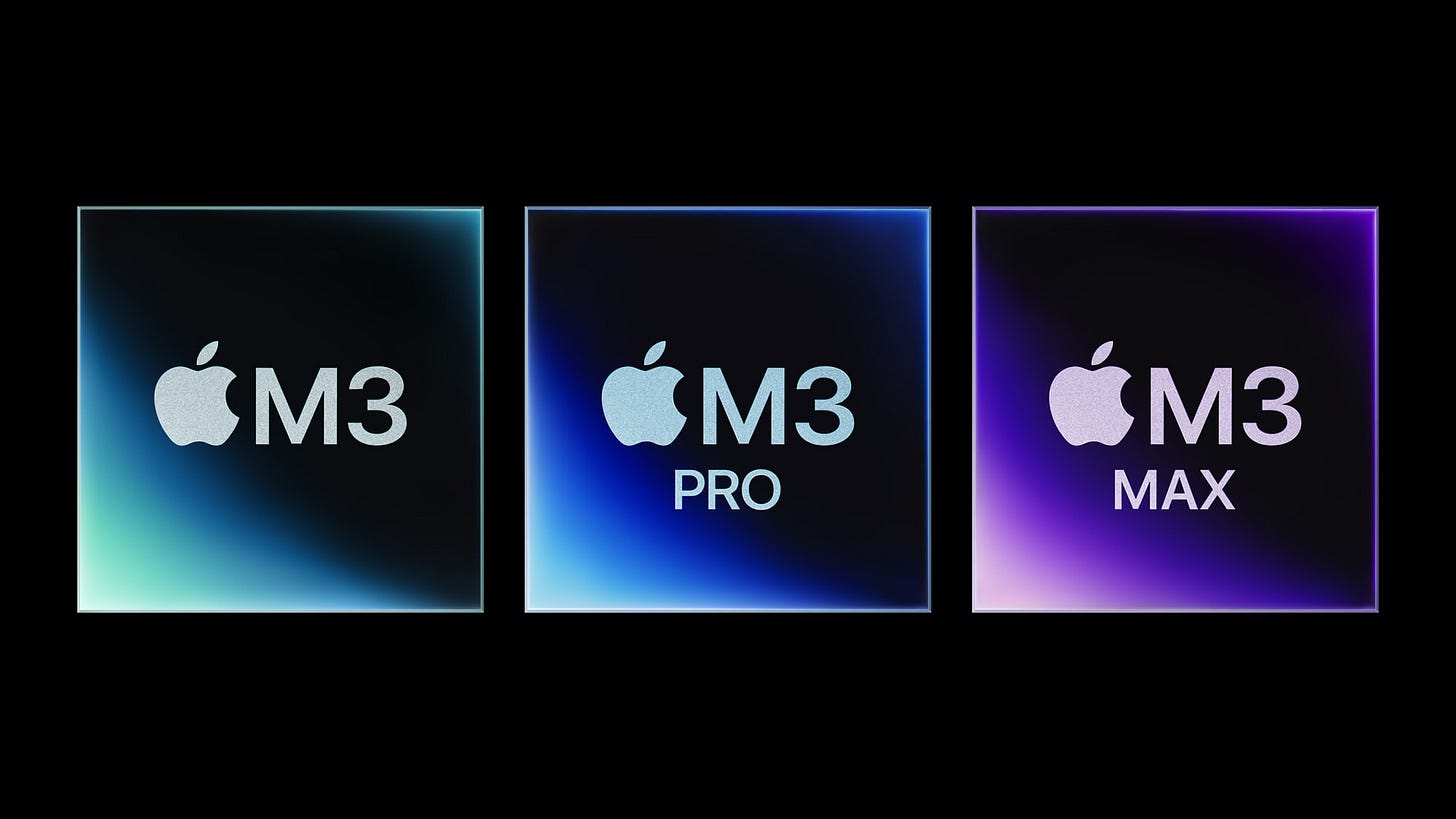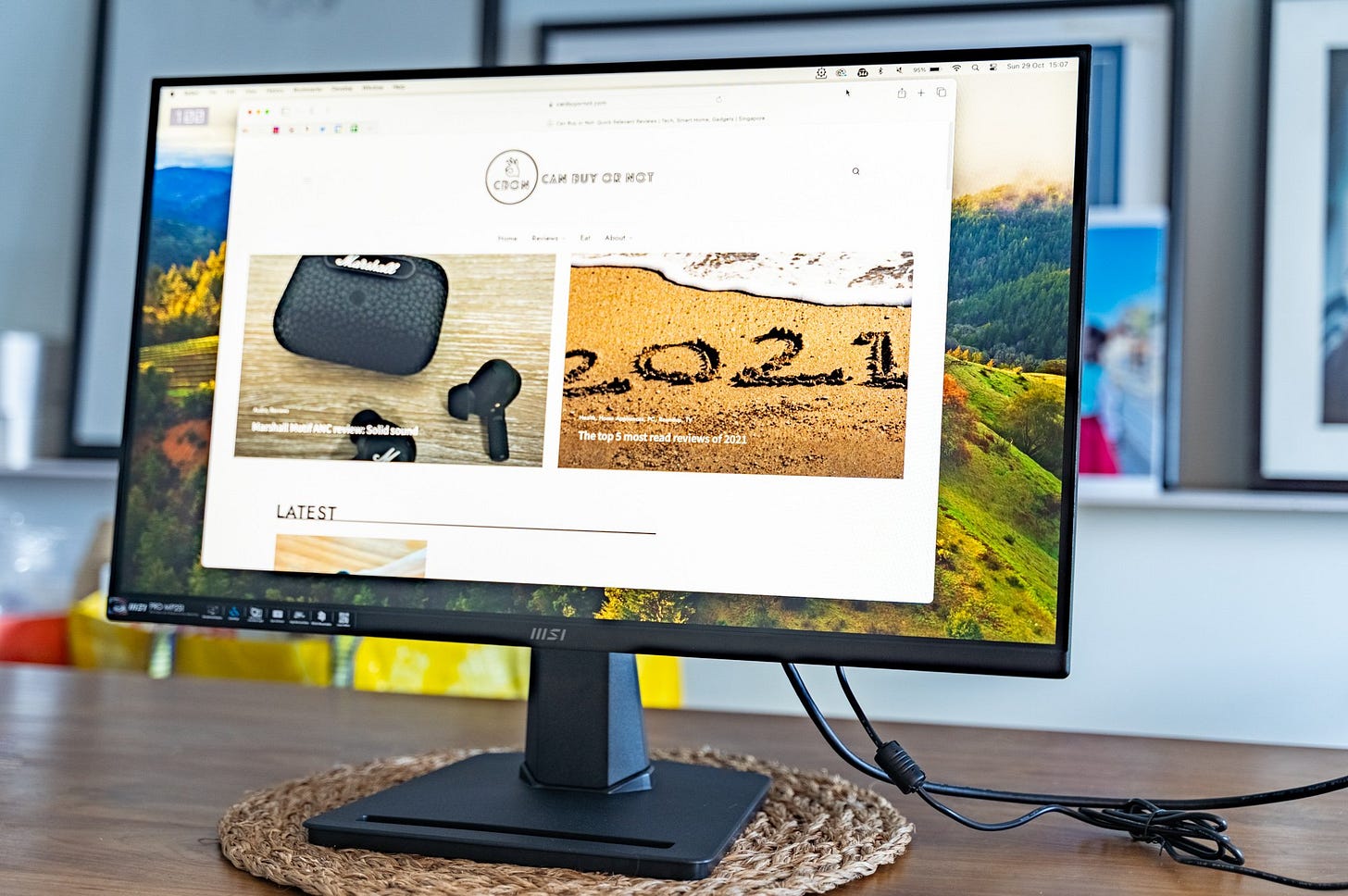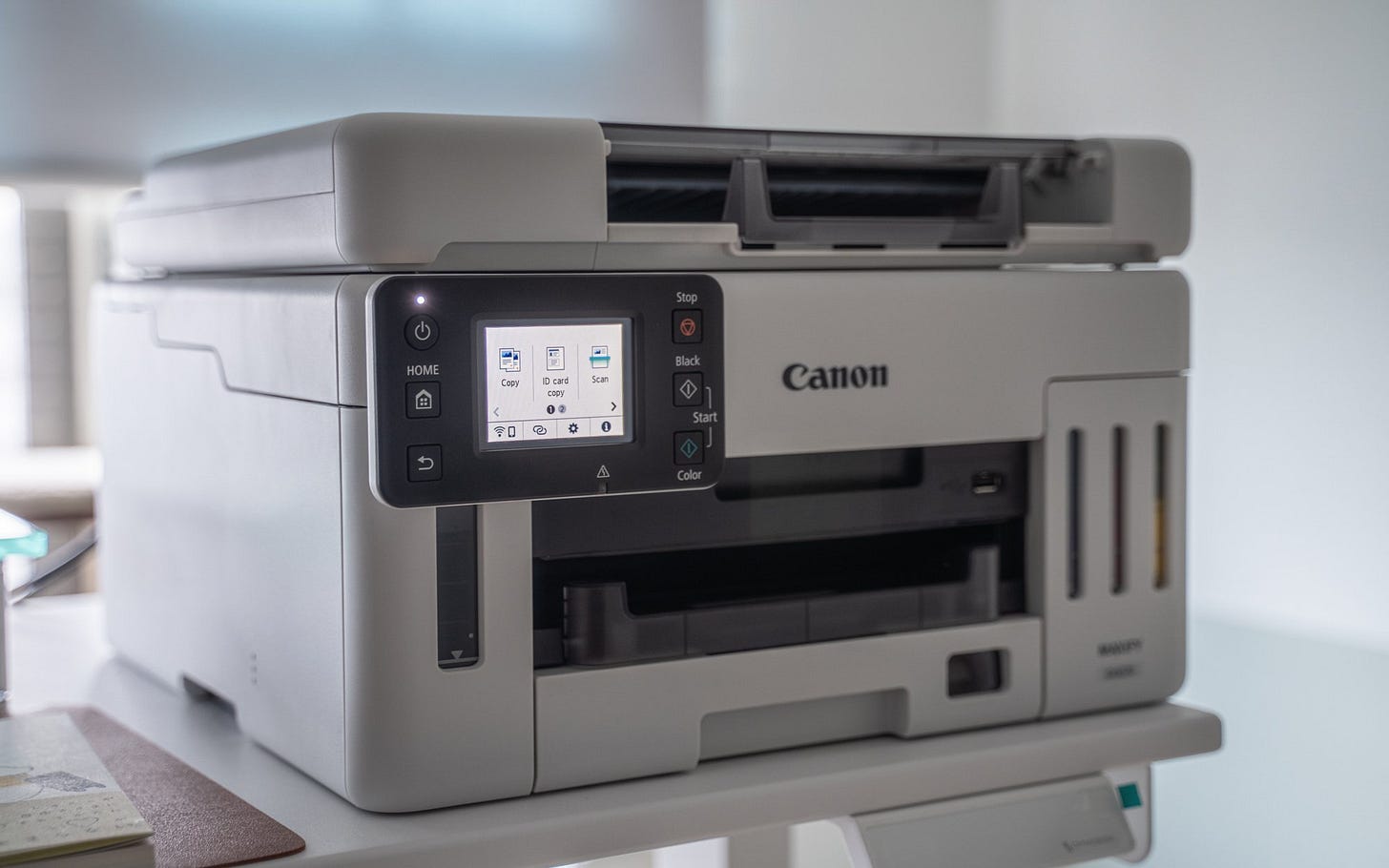As product launches go, Apple’s recent “Scary Fast” event was rather ho-hum. Sure, there were new MacBook Pro laptops, and even a new 24-inch iMac computer. But the big upgrade on these devices is the new M3 processor. And I can’t imagine the average consumer being overly enthused about that. Unless you really wanted the new colours for the iMac.
But Apple’s timing couldn’t be better. Just last week, Qualcomm revealed its upcoming Snapdragon Elite X platform for Windows PCs. It’s powered by the ARM-based Oryon CPU, which Qualcomm claims to deliver 2 times faster CPU performance versus the competition. Going by the benchmark results provided by Qualcomm, the Oryon CPU beats competing products from AMD, Intel, and Apple, including Apple’s M2 chip.
Now, these figures are probably cherry-picked to show off the Oryon CPU. But the fact that practically all the PC makers, and even lesser-known ones like Xiaomi and Samsung, have apparently signed up as partners is telling. Previous Qualcomm efforts to bring ARM processors, which are typically found in smartphones, not PCs, to Windows had few takers. Qualcomm is targeting a mid-2024 launch, and we’ll probably find out more about the actual devices early next year at the CES consumer tech trade show.
Apple, of course, has a considerable advantage. And the new M3 chip is said to be up to 30% faster than the M2 — take that with a pinch of salt, too. It’s possible any advantage for Qualcomm may have evaporated by the time Oryon-powered devices ship next year. But with news that Nvidia is also looking to make ARM-based PC chips, there’s never been as much interest in ARM-powered Windows PCs. Apple has already demonstrated that ARM chips are capable enough for high-end computers. Developers are also likely to be more receptive now, and perhaps more willing to port their apps to run on ARM processors.
So, after numerous false dawns — it’s been 11 years since the ARM-powered Microsoft Surface RT tablet — could we finally see Windows ARM devices become mainstream from next year? It would certainly be a good thing for the industry if we all end up with power-efficient Windows laptops that can last a day or more.
This week, we tested two products targeted at the business segment, a budget monitor from MSI, and a compact Canon printer. Lastly, we also tried out Garmin’s latest smartwatch.
Cheap and functional, the MSI Pro MP251 is a 24.5-inch monitor that’s designed for the office. It has a smooth 100Hz IPS display, and rated at a decent 300 nits of brightness. The default stand could be better, though, as it only offers tilt, but there’s no pivot, swivel or height adjustment.
Have limited space in your small office for a printer? The Canon Maxify GX6570 may be the answer. This 3-in-1 printer has a very compact footprint when the trays and display are pushed back in. More importantly, print quality is great, and the inks are water resistant, even if it’s not the fastest printer at around 32s for six black-and-white single-sided pages.
Garmin’s new Venu 3S smartwatch adds nap detection to bolster its already-solid sleep tracking and coaching feature. It’s available in two sizes, the Venu 3S is the smaller (41mm) companion to the Venu 3 (45mm). But both models offer excellent health and fitness tracking features, though the user interface (and three button layout) will take some getting used to.








